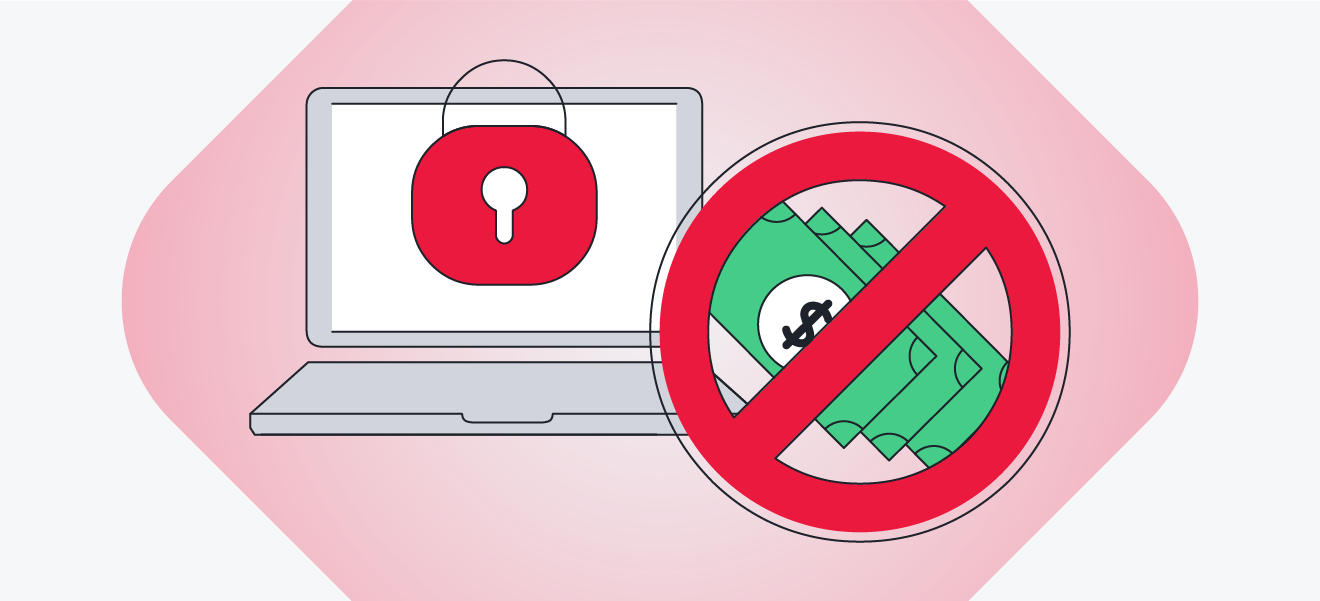Ransomware attacks are a significant concern for individuals and organizations, encrypting valuable data and demanding ransom payments for decryption. In these dire situations, a ransomware decryptor can be a beacon of hope. This article delves into what ransomware decryptors are, how they function, and their role in data recovery.
What Is Ransomware?
Ransomware is a type of malicious software designed to block access to a computer system or data, typically by encrypting files. Once infected, users receive a ransom note instructing them on how to pay for the decryption key. However, paying the ransom does not guarantee that the files will be restored, making it essential to explore alternative solutions like decryptors.
The Role of Ransomware Decryptors
A ransomware decryptor is a specialized software tool designed to restore encrypted files without requiring a ransom payment. These tools analyze the ransomware’s encryption method and apply the corresponding decryption algorithms to recover files. Decryptors are developed by cybersecurity researchers and organizations that focus on combating ransomware threats.
When Are Decryptors Effective?
Ransomware decryptors are effective in certain situations, primarily when the ransomware variant has known vulnerabilities or weaknesses. Many well-known ransomware types, such as CryptoLocker, WannaCry, and NotPetya, have decryptors available because researchers were able to find flaws in their encryption methods. However, it’s important to note that not all ransomware can be decrypted, particularly newer variants that use advanced encryption techniques.
How to Find a Ransomware Decryptor
Finding a reliable ransomware decryptor involves several steps:
1. Identify the Ransomware Variant
The first step in the decryption process is identifying the specific ransomware variant that has infected your system. You can often determine this by analyzing the ransom note, checking the file extensions of encrypted files, or using tools from websites such as ID Ransomware. This site allows users to upload ransom notes or encrypted files to identify the ransomware.
2. Search for a Decryptor
Once you have identified the ransomware variant, search for a decryptor specific to that type. Websites such as No More Ransom offer a collection of free decryptors developed by cybersecurity experts. This platform collaborates with various security companies to provide tools for recovering files from well-known ransomware families.
3. Download and Use the Decryptor
If you find a suitable decryptor for your ransomware variant, download it from a trusted source. Follow the provided instructions to use the tool. It usually involves running the decryptor and selecting the encrypted files for recovery. Keep in mind that successful decryption may not always be guaranteed.
Important Considerations
While ransomware decryptors can be lifesavers, there are some important considerations to keep in mind:
- Backup Your Files: Before using a decryptor, back up your encrypted files. This precaution prevents any potential loss during the decryption process.
- Be Wary of Fake Tools: Cybercriminals may exploit victims by offering fake decryptors that contain malware. Only download tools from reputable sources.
- No Guarantees: As mentioned earlier, not all ransomware can be decrypted. Even with the right tool, success is not guaranteed, especially with newer variants using advanced encryption methods.
Prevention is Key
While ransomware decryptors provide a way to recover data, prevention is always better than cure. Here are some strategies to help protect against ransomware attacks:
- Regular Backups: Maintain regular backups of your data on external drives or cloud storage. Ensure these backups are not connected to your network to protect them from ransomware.
- Update Software: Regularly update your operating system and software applications to patch vulnerabilities.
- Use Security Software: Employ reputable antivirus and anti-malware software to detect and block ransomware before it can cause damage.
- Educate Users: Train employees and users on recognizing phishing emails and suspicious links, as these are common entry points for ransomware.
Conclusion
Ransomware decryptors can offer hope in the face of data loss due to ransomware attacks. By identifying the ransomware variant and using the right decryptor, it is possible to recover valuable files without paying a ransom. However, maintaining a proactive approach to cybersecurity through regular backups, software updates, and user education is crucial for preventing such attacks in the first place. Stay informed and prepared to protect your data from the ever-evolving landscape of ransomware threats.







